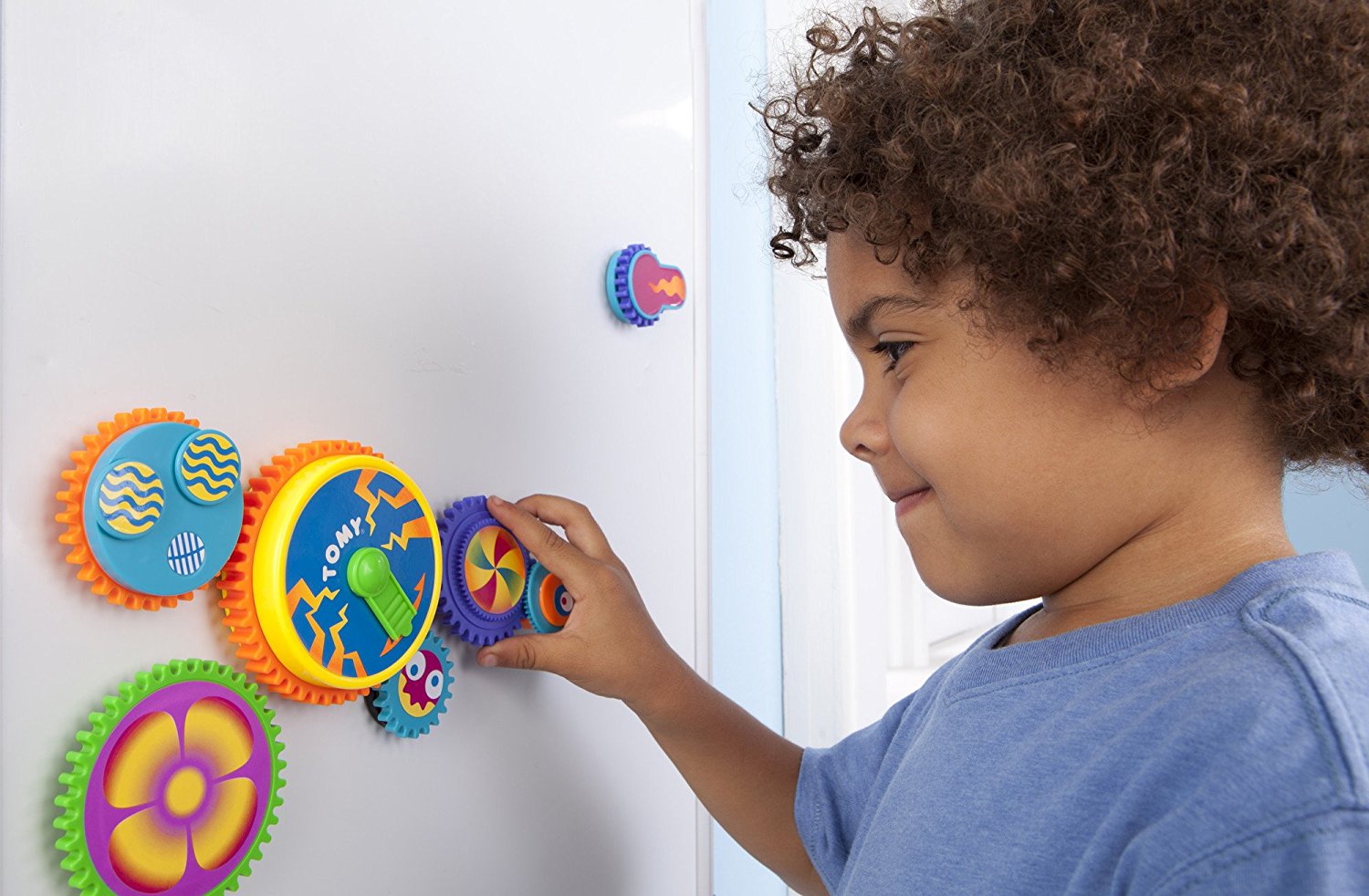
Blog
The Comprehensive Guide to Choosing Safe and Stimulating Toys for Infants

Introduction
The Significance of Infant Toys
Early Developmental Milestones
Sensory Stimulation
Infants rely heavily on their senses to explore and understand the world around them. Toys that engage their sense of touch, sight, and hearing are crucial for their sensory development. Soft, textured toys, and colorful objects can captivate their attention and stimulate their growing senses.
Motor Skill Development
Cognitive Growth

Prioritizing Safety: Guidelines for Choosing Infant Toys
Age-Appropriate Toys
Material Matters
Choking Hazards
Sturdy and Secure

Exploring the Variety of Toys for Infants
Soft and Plush Toys
Rattles and Teethers
Mobiles and Mirrors
Interactive Playmats
Interactive playmats are designed to stimulate multiple senses simultaneously. They often feature attached toys, mirrors, and textures, enticing babies to explore and engage with their surroundings. These playmats are ideal for tummy time sessions, promoting motor skill development.

Fostering Bonding Through Play
Parent-Baby Interaction
Sing-Alongs and Storytelling
Peek-a-Boo and Hide-and-Seek

Storage and Maintenance: Ensuring Toy Hygiene
Toy Hygiene
Toy Rotation
Babies can quickly grow tired of their toys. To keep playtime exciting and engaging, consider rotating toys. Store some toys out of sight and reintroduce them periodically to spark renewed interest.

Conclusion
In conclusion, selecting safe and stimulating toys for your infant is a significant responsibility that contributes to their overall development and well-being. By considering age-appropriateness, material safety, and the various types of toys available, you can create a rich and engaging play environment for your little one. Remember that playtime is not only a time for fun but also an opportunity for bonding and learning.
FAQs: Addressing Common Questions
- When should I start introducing toys to my baby? It’s safe to introduce simple toys as early as a few months old, but always supervise playtime.
- What are some signs that a toy may not be safe for my infant? Look out for loose parts, sharp edges, or small components that could pose choking hazards.
- How can I encourage my baby to enjoy tummy time with toys? Use colorful and interactive playmats to make tummy time more engaging.
- What are the benefits of parent-baby interaction during playtime? Bonding through play fosters a strong emotional connection and enhances your baby’s social development.
- Should I buy all the toys at once, or is it better to introduce them gradually? Introduce toys gradually to keep playtime exciting and help your baby explore new experiences.
- Can I make homemade toys for my baby? Yes, you can create simple, safe, and stimulating homemade toys using household items
